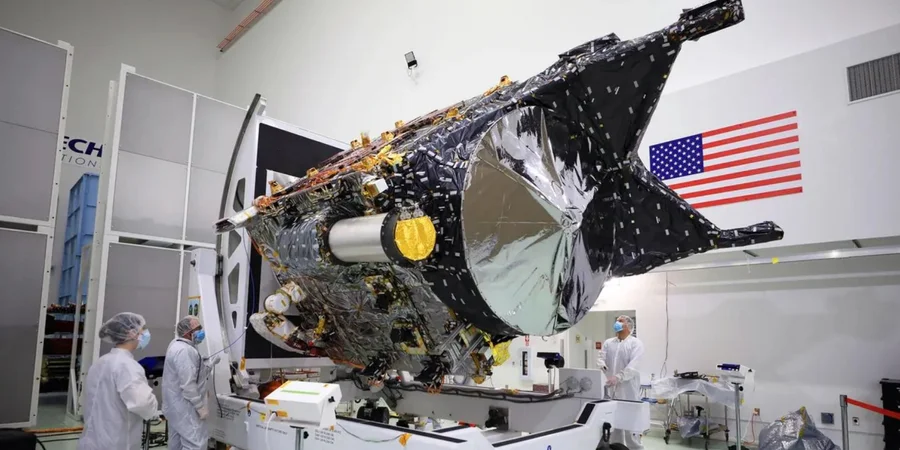
Researchers from the American Space Agency have achieved impressive success in optical communication, transmitting messages from the Psyche spacecraft to Earth from a distance of 16 million kilometers.
The Deep Space Optical Communications (DSOC) system used a near-infrared laser encoded with test data to transmit a message from Psyche to a distance 40 times the distance to the Moon. This successful test marks an important step in a two-year technology demonstration on the Psyche spacecraft headed to the asteroid Psyche.
The achievement of this technology, called DSOC, promises to significantly increase the speed of data transmission in space. This will make it possible to send scientific information, high-definition images, and streaming video at a much higher speed than current radio communication systems. Such progress will be a key element in supporting future space missions, including plans to send humans to Mars.
Trudy Cortez, Director of Technology Demonstration at NASA, emphasized that achieving “first light” is an important moment for DSOC. This paves the way for higher data transmission speeds and supports the future ambitious plans of humanity in space exploration.
Optical communication allows for much more data to be packed into much denser waves than radio waves, which are typically used to communicate with spacecraft. This progress opens up new horizons for scientific research and provides faster communication in the far reaches of space.
However, despite its success, there are technical problems, such as the accuracy of the laser beam over long distances and the loss of signal strength. Despite these challenges, the researchers are confident that the development of optical communications has enormous potential to change the rules of communication in space and could lead to new discoveries in deep space exploration.

